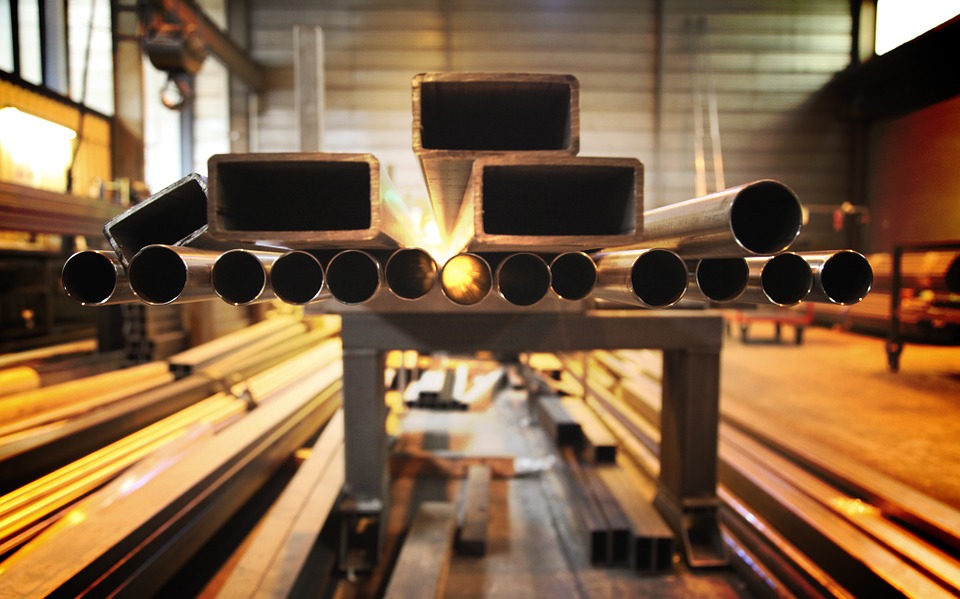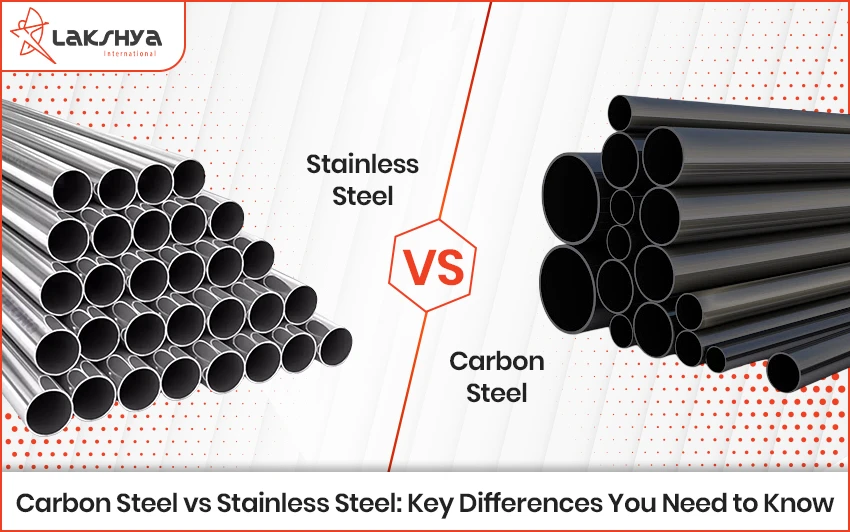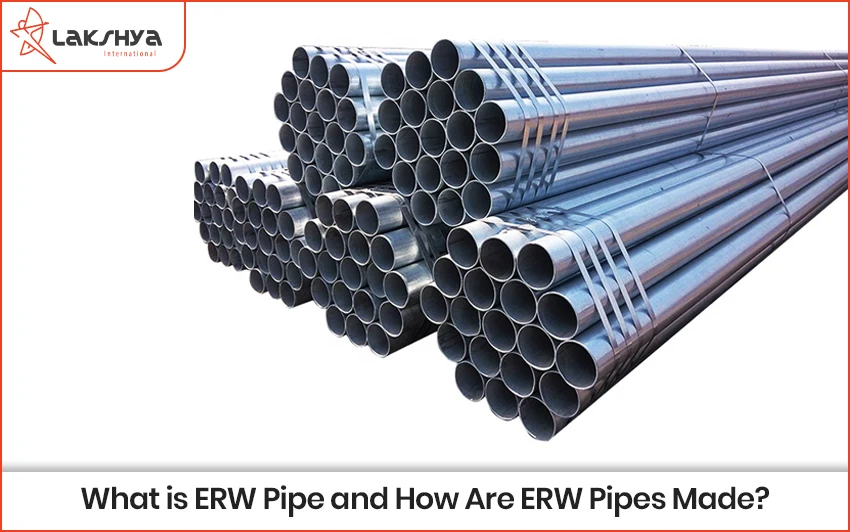Metal piping is made through a procedure called carbon steel pipe fabrication. It plays a significant role in the construction sector because it is used for a variety of things, including structural steel for structures and bridges as well as water and gas lines. This paper will give a general overview of the fabrication process for carbon steel pipes.
Process of Carbon Steel Pipe Fabrication
Cutting the material to size is the first stage in the fabrication of carbon steel pipes. Depending on the size and shape of the substance being cut, this can either be done manually or with a machine. The cloth must now be ready for welding after it has been cut. This includes any necessary pre-heating, sanding, smoothing, and sharpening. The following stage is bending after these are finished. Pipes can be bent into the desired shape and angle directly or with the aid of machines that use heat or pressurized air.
Following bending, carbon steel tubing must be joined together using arc or oxy-fuel welding. Oxy-fuel welding makes use of oxygen and fuel vapors like propane or acetylene. In comparison, arc welding needs electricity to generate a spark between two metal pieces that, when coupled with filler metal rods, melts them together. Testing is done after every component has been successfully welded together and has undergone quality control inspections. Before installation can start, testing includes pressure testing for any leaks or weld flaws and taking measurements to ensure accuracy in terms of size and shape.
Raw Materials
Iron ore, coal, and limestone are just a few of the raw materials used to make carbon steel tubing. The characteristics of the final product will depend on the precise makeup of the raw materials used.
Heating
A high temperature, usually around 1700 degrees Celsius, is applied to the raw materials. To get rid of impurities and get the intended chemical composition, a high temperature is required.
Rolling and Forming
The raw materials are rolled and formed into the intended shape after they have been heated. Depending on how the carbon steel pipe was constructed, this procedure can be either cold or hot.
Welding
Welding is the last step in the fabrication procedure. Arc welding or gas welding is usually used to join carbon steel pipes. Due to its lower cost and greater accessibility, arc welding is a more popular technique. Gas welding, on the other hand, creates a stronger weld and is frequently employed in high-pressure applications.
Conclusion:
For many construction tasks requiring various types of pipes, such as water lines, gas lines, HVAC systems, etc., carbon steel pipe fabrication is crucial. Cutting the materials to size, joining them by welding, and testing them for possible problems all need to be done before installation can start. For a successful outcome, each step must be precisely completed; as a result, this process must be carried out by knowledgeable experts who are familiar with each stage’s workings. This way, they can guarantee high standards of artistry throughout the entire procedure. Carbon steel pipe fabrication can help produce solid results that last for a very long time with careful planning and implementation!
Read More :
How Does Carbon Steel Differ from Alloy Steel? : Carbon makes up between 0.02% and 2.1% of both kinds of steel, so why is carbon steel a type of steel? Most of the time, when people say “carbon steel,” they mean either carbon steel or low alloy steel




